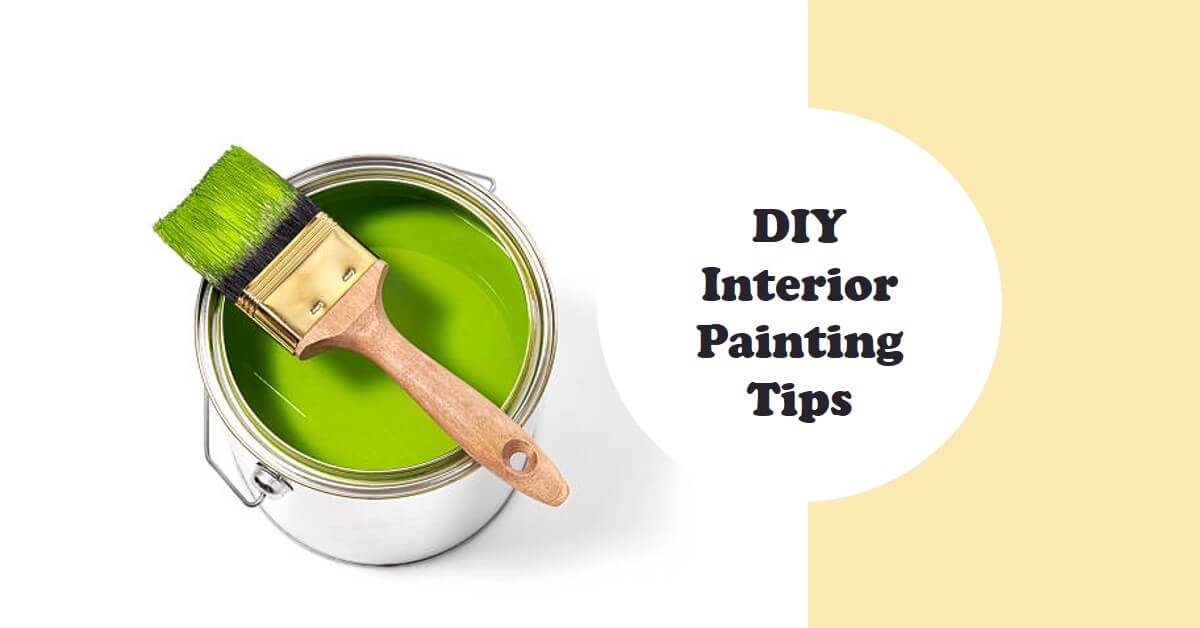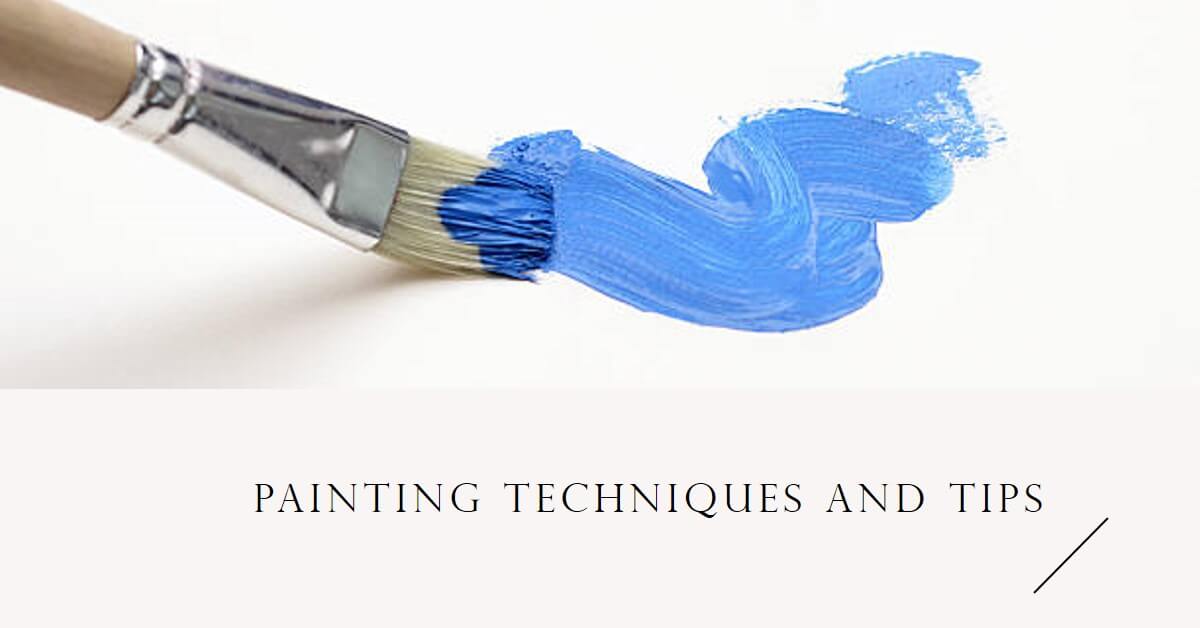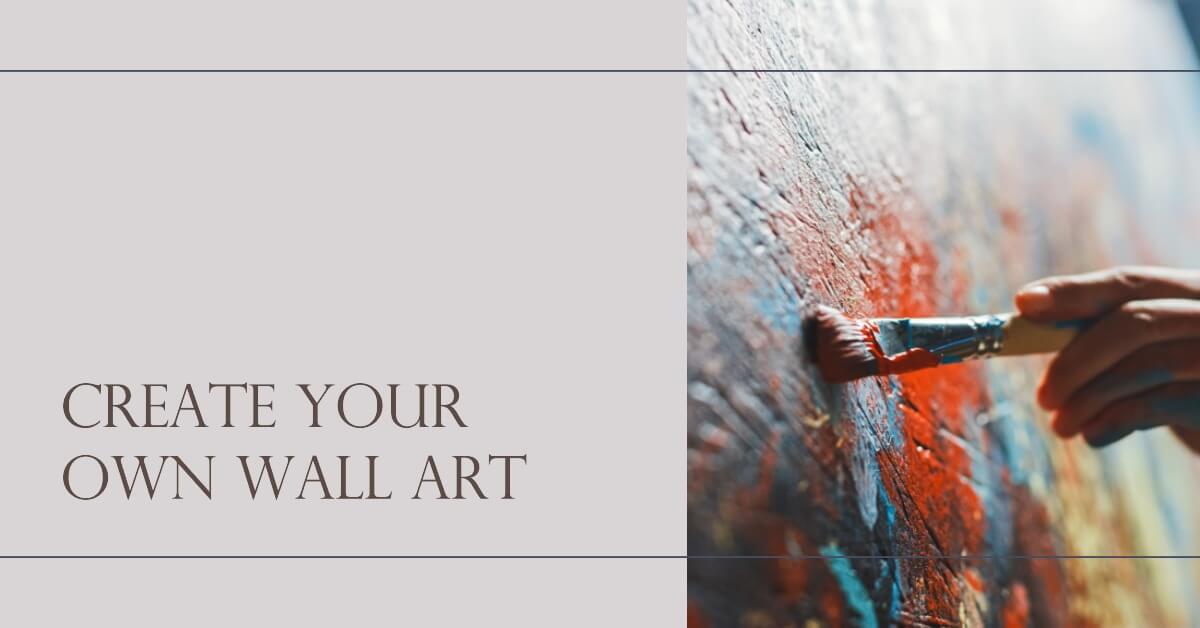Are you tired of the same old look of your room? Do you want to transform it into a vibrant space that reflects your personality?
Look no further than a fresh coat of paint! Interior painting is an excellent way to breathe new life into your living space without breaking the bank.
By taking on a do-it-yourself (DIY) approach, you not only save money but also gain the satisfaction of creating a beautiful room with your own hands.
In this article, we will provide you with essential tips and techniques to ensure a successful DIY interior painting project. So, grab your paintbrush, and let’s get started!
Importance of Interior Painting
Interior painting plays a vital role in enhancing the overall aesthetics and ambiance of a room.
It allows you to personalize your space and create a unique atmosphere that aligns with your taste and style.
The right color palette can evoke various moods and emotions, making your room a haven of tranquility or a vibrant hub of energy.
Painting can help cover up imperfections on walls and give a fresh, clean look to your living space.
Benefits of DIY Painting
Opting for a DIY approach when it comes to interior painting offers several advantages.
Firstly, it allows you to save a significant amount of money by eliminating the need for professional painters.
Secondly, you have complete control over the entire process, from selecting the paint color to the finishing touches.
DIY painting also provides a sense of accomplishment and satisfaction, knowing that you have transformed your room through your own efforts.
So, let’s dive into the step-by-step process of achieving a professional-looking paint job.
Preparing for the Paint Job

Choosing the Right Paint Color
The first step in any painting project is selecting the perfect color for your room. Consider the existing decor, furniture, and lighting when making your decision.
You can also draw inspiration from magazines, websites, or even nature. Remember to test the color on a small area of the wall before committing to it, as colors may appear different under various lighting conditions.
Read Also:
DIY Wall Painting Design Ideas
Gathering the Necessary Tools and Materials
To ensure a smooth painting process, gather all the essential tools and materials beforehand.
This includes paint brushes, rollers, drop cloths, paint trays, painter’s tape, sandpaper, and a ladder.
Quality tools will make a significant difference in the final outcome, so invest in brushes and rollers that are suitable for your specific paint type and surface.
Preparing the Room and Surfaces
Before diving into the painting process, prepare the room by removing furniture or covering it with plastic sheets.
Take down any fixtures or hardware that could get in the way, such as switch plates or curtain rods.
Clean the surfaces to be painted by removing dust, dirt, and any flaking paint. This will ensure that the new paint adheres well to the walls.
Repairing and Priming the Walls
Inspect the walls for any cracks, holes, or imperfections. Fill them with spackle or putty and smoothen them out with sandpaper.
Once the repairs are complete, apply a coat of primer to create a smooth and even surface for the paint.
Priming also helps the paint adhere better and prevents stains from bleeding through.
Painting Techniques and Tips

Proper Brush and Roller Selection
The choice of brushes and rollers depends on the type of paint and surface you are working with. Synthetic brushes are ideal for water-based paints, while natural bristle brushes work best with oil-based paints.
When using a roller, consider the nap length. Shorter naps are suitable for smooth surfaces, while longer naps work well on textured walls.
Using Painter’s Tape for Clean Edges
Painter’s tape is a handy tool for achieving clean and sharp edges between walls, ceilings, and trim.
Apply the tape along the edges before painting and press it firmly to prevent the paint from bleeding through.
Once you’ve finished painting, remove the tape while the paint is still wet for a crisp and professional look.
Applying Paint with Smooth Strokes
When it’s time to paint, use smooth and even strokes for a uniform finish. Start from the top and work your way down, maintaining a wet edge to prevent visible brush or roller marks.
Avoid excessive pressure, as it can create drips and streaks. If needed, apply multiple thin coats of paint rather than a single thick coat.
Dealing with Tricky Areas
Painting corners, trim, and other intricate areas require extra care and attention. Use a smaller brush or a detail roller to reach these tight spaces.
Take your time and be patient, ensuring that the paint is applied evenly. If you accidentally paint outside the lines, use a damp cloth to wipe away the excess paint before it dries.
Avoiding Common Painting Mistakes
Common painting mistakes include leaving paint lines, skipping primer, not allowing proper drying time between coats, and using poor-quality brushes or rollers.
By being aware of these pitfalls and following the proper techniques, you can avoid them and achieve a professional-looking finish.
Read Also:
Wall Painting Techniques Sponging
Creating a Professional Finish

Using Multiple Coats of Paint
In most cases, one coat of paint is not sufficient to achieve full coverage. Applying multiple coats will result in a more durable and vibrant finish.
Allow each coat to dry completely before applying the next one. Follow the manufacturer’s instructions regarding drying time between coats.
Allowing Proper Drying Time Between Coats
Patience is key when it comes to painting. Rushing the process and applying the next coat of paint too soon can lead to smudging, streaks, or an uneven finish.
Refer to the paint can label for the recommended drying time. Factors such as humidity and temperature can also affect drying time, so take those into consideration.
Sanding and Smoothing the Surfaces
Once the final coat of paint is dry, inspect the surfaces for any imperfections or rough spots. Lightly sand those areas with fine-grit sandpaper to create a smooth and flawless finish.
Be careful not to over-sand or damage the paint. After sanding, wipe away the dust with a clean cloth before applying any additional top coat or sealer.
Applying a Top Coat for Protection
To enhance the longevity of your paint job and protect it from wear and tear, consider applying a top coat or clear sealant.
This is especially important in high-traffic areas or rooms prone to moisture, such as bathrooms or kitchens. The top coat will add an extra layer of durability and make it easier to clean and maintain the painted surfaces.
Cleaning Up and Finishing Touches
Removing Painter’s Tape and Protective Coverings
After completing the painting process, carefully remove the painter’s tape while the paint is still slightly wet.
This will prevent the tape from peeling off dried paint and damaging the edges.
Dispose of any used drop cloths, plastic coverings, or other protective materials properly.
Cleaning Brushes and Rollers
To ensure the longevity of your painting tools, clean them thoroughly after use.
For water-based paints, rinse brushes and rollers with warm water until the water runs clear.
For oil-based paints, use an appropriate solvent. Remove any excess paint and let the brushes and rollers dry completely before storing them for future use.
Reinstalling Fixtures and Furniture
Once the paint has fully dried and cured, you can reattach fixtures, hardware, and furniture in the room.
Take care when handling freshly painted surfaces to avoid smudging or scratching the paint.
Use proper tools and techniques to reinstall items securely without damaging the walls or the paint job.
Adding Final Decorative Touches
With the painting process complete, it’s time to add those final decorative touches that will truly make your room pop.
Hang artwork, mirrors, or shelves to enhance the visual appeal of the space. Choose curtains, rugs, and accessories that complement the new color scheme and reflect your personal style.
These finishing touches will bring the room together and make it feel complete.
Conclusion
Congratulations on completing your DIY interior painting project! By following the tips and techniques outlined in this article, you have transformed your room into a vibrant and personalized space.
Interior painting allows you to unleash your creativity and make a significant impact on your living environment.
Whether you aimed for a relaxing oasis or an energetic atmosphere, the right paint colors and proper techniques have helped you achieve your desired outcome.
Enjoy your freshly painted room and bask in the satisfaction of a job well done!
VII. FAQs
How long does it take for the paint to dry?
The drying time for paint varies depending on the type and brand. On average, latex paint dries to the touch within one to two hours, while oil-based paint can take anywhere from six to eight hours. However, it’s important to note that drying time can be influenced by factors such as humidity and temperature.
Can I paint over the wallpaper?
It is generally not recommended to paint over wallpaper, as the paint may not adhere properly and can lead to bubbling or peeling. It is best to remove the wallpaper before painting for a smooth and long-lasting finish.
What type of paint is best for bathrooms?
Bathrooms require a paint that can withstand moisture and humidity. Look for paints labeled specifically for bathrooms or ones that have a satin or semi-gloss finish. These types of paint are more resistant to moisture and are easier to clean.
How do I fix paint drips and brush marks?
If you notice paint drips or brush marks after the paint has dried, you can lightly sand the affected area with fine-grit sandpaper and then touch it up with a small brush. Remember to feather out the edges of the touch-up area to blend it seamlessly with the surrounding paint.
Should I prime the walls before painting?
Priming the walls before painting is highly recommended, especially if the walls have stains or uneven textures, or if you’re changing to a drastically different color. Primer helps create a smooth surface, enhances paint adhesion, and can prevent stains from bleeding through the new paint.










Hi, that was the pro tips for Interior Painting and I really love that. Even though I have came across https://summervillepainter.com/ they share the great views in interior painting.